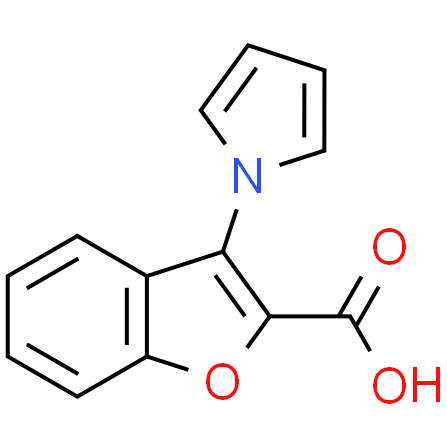
CAS No.: 8006-86-8 Formula: C13H9NO3
Weight: 227.215463399887
Synonyms: Linaloe wood oil (Bursera delpechiana poiss. and other burs era spp.); FEMA No. 2634
The Mexican linaloe (Burseraceae) should not be confused with the so-called linaloe cayenne bois de rose from Aniba rosaeodora, Lauraceae. Linaloe is a branched tree or shrub that grows wild, or sometimes cultivated, in tropical and subtropical areas at approximately 1,000 m (3,280 ft.) above sea level. The oil is partially a pathological product of the plant, since the formation is stimulated by repeated incisions made on the trunk at periodic intervals. The plant bears fleshy fruits, ripening between August and September, that also contain an essential oil. The part used is the wood. Linaloe has an agreeable, flowery, rose-like odor. The oil is a colorless to yellow liquid with a pleasant, rose-like, slightly camphoraceous odor. The main constituents include linalool (60 to 75%), geraniol, nerol, methylheptenol, methyl heptenone, myrcene, and various sesquit erpenes. An essential oil is also steam distilled from the fruits in approxi mately 3% yields. This oil differs in chemical composition from linaloe wood oil for its content of dextrorotatory linalool. Mexican linaloe wood oil is often adulterated with the oil from fruits, with Japanese shiu oil, or with Brazilian bois de rose oil (steam distilled from Aniba rosaeodora var. amazonica Ducke).